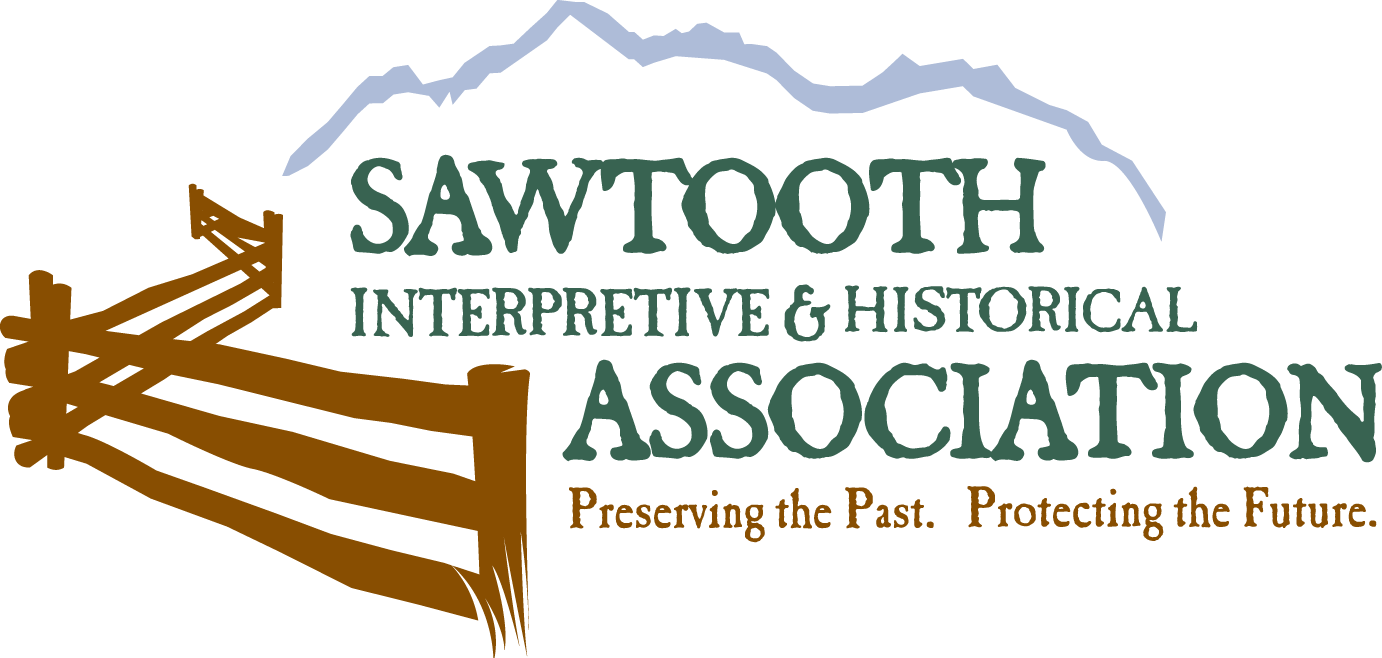INDIGENOUS LANDS
This place, beloved by millions of visitors and residents, was first in the care of Indigenous People whose presence in this landscape extends no less than 10,000 years before Euro-Americans traveled through the area. The ancestors of today's Shoshone-Bannock Tribes, and others, stewarded the land for millennia and they continue to have a strong connection to and presence in the Sawtooth National Recreation Area.
The Sawtooth Association (SIHA) honors and acknowledges the history and connection Indigenous People have to the Sawtooth National Recreation Area (SNRA). Today SIHA's work, to strengthen peoples' bond to this special place through education and preservation, is inspired by the relationship the Shoshone-Bannock Tribes have with this landscape.
SIHA provides services in the following locations throughout Idaho:
Fairfield, Ketchum, Stanley, Mackay, Idaho Falls, Ashton, Island Park, and Driggs. The following sovereign tribes have historic and modern-day ties to these areas: Shoshone-Bannock, Eastern Shoshone, Northern Arapaho, Northern Cheyenne, Apsáalooke (Crow), and Oceti Sakowin (Lakota) people.
No less than 27 tribes are know to have ties to the Greater Yellowstone Ecosystem including Assiniboine and Sioux, Blackfeet, Cheyenne River Sioux, Coeur d’Alene, Comanche, Colville Reservation, Crow, Crow Creek Sioux, Eastern Shoshone, Flandreau Santee Sioux, Gros Ventre and Assiniboine, Kiowa, Little Shell Chippewa, Lower Brule Sioux, Nez Perce, Northern Arapaho, Northern Cheyenne, Oglala Sioux, Rosebud Sioux, Salish and Kootenai, Shoshone–Bannock, Sisseton Wahpeton, Spirit Lake, Standing Rock Sioux, Turtle Mountain Band of the Chippewa, Umatilla Reservation, and Yankton Sioux.
Sources: National Park Service, Palisades Project
What is SIHA doing to amplify Indigenous perspectives and history?
SIHA is actively seeking funding from grants and other sources to develop permanent interpretive displays in the Stanley Museum and Redfish Visitor Center. SIHA will hire the Shoshone-Bannock Tribes’ Language and Cultural Preservation Department to develop the display content and design.
October 2022 Update: SIHA has raised $12,000 towards this project thanks to grants awarded by the Idaho Humanities Council and the Idaho Goat License Plate fund, administered by the Sawtooth Society. Funds are being used to work with the Shoshone-Bannock Tribes’ Language and Cultural Preservation Department to develop permanent displays sharing indigenous story in the Redfish Visitor Center and Stanley Museum.
SIHA hosts tribal members at its annual Sawtooth Forum & Lecture Series and other events. Topics presented by tribal members in the last 15 years have included flintknapping, Shohsone history, storytelling, and salmon recovery.
SIHA invites tribal artisans to public events including the Sawtooth Salmon Festival to sell their work and has a goal to reach out to artisans to carry products in its bookstores.
SIHA’s summer naturalist interns tour the Pettit Lake fish weir with the Shoshone-Bannock Tribes Sockeye Recovery Program to understand their important work and share it with visitors.
What is a land acknowledgement?
A land acknowledgment is a formal statement that recognizes and honors Indigenous People who where the original stewards of the land known today as the United States, and acknowledges the connection today’s sovereign indigenous nations have with their ancestral homelands.
Resources to better understand why land acknowledgments are important:
From LSPRIG:
“To recognize the land is an expression of gratitude and appreciation to those whose territory you reside on, and a way of honouring the Indigenous people who have been living and working on the land from time immemorial. It is important to understand the long standing history that has brought you to reside on the land, and to seek to understand your place within that history. Land acknowledgements do not exist in a past tense, or historical context: colonialism is a current ongoing process, and we need to build our mindfulness of our present participation. It is also worth noting that acknowledging the land is Indigenous protocol.”
Insight to Diversity, “Acknowledging Indigenous Land is a step against indigenous,” 2019.
